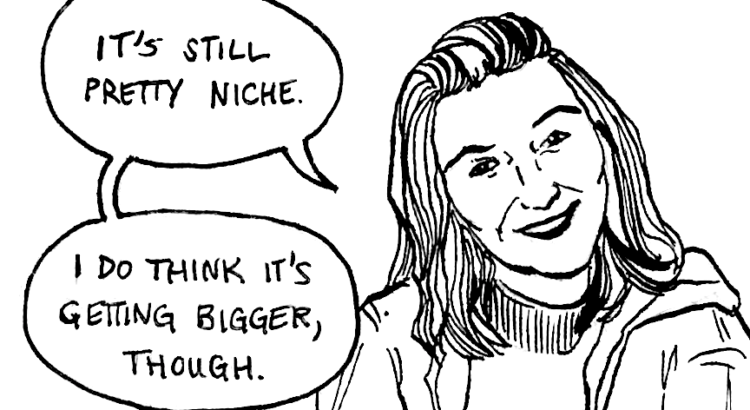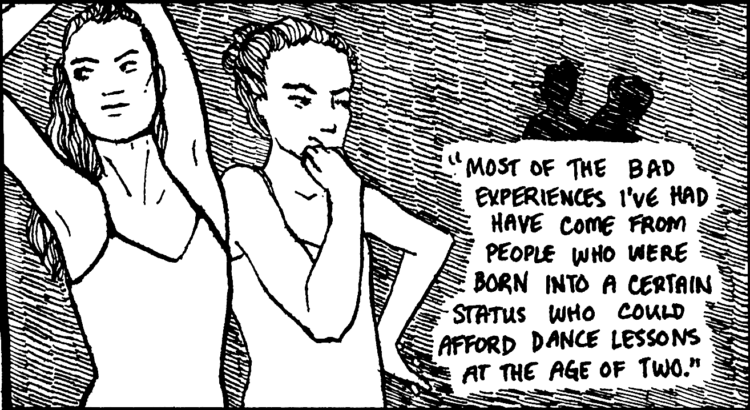So because I don’t really know how to introduce this blog post, I’m just going to launch into my story..
If you’re like me, you didn’t even know p’ansori existed until last semester, and you definitely couldn’t say what it was if someone asked you. But because I saw it in a movie a couple of months ago, I kind of knew what p’ansori is. It’s a traditional folk music style originating in Korea, and it’s definitely performance art – the performance is everything in p’ansori. Typically, there’s one drummer with his drum, and one performer, either a man or a woman, singing a song that tells a story. Easily the most famous p’ansori song is the story of Chunhyang, and there is an excellent film made by Im Kwon Taek based on this p’ansori, available to watch for free on YouTube if you’re interested.
But until this semester, when I signed up for P’ansori: Text and Performance, I don’t think I really knew what p’ansori really is. I definitely didn’t know what I was in for, thinking that the class would cover the historical and cultural background of p’ansori and that we’d watch a couple of movies and filmed versions of performances. No, I knew I was wrong when on the first day of class Professor Park pulled out her own drum and started teaching us the first sori (song), Era Mansu.
But right now I’m sitting in a hotel bed in Columbus, Ohio, and I can tell you that I would have never guessed I’d be sitting here writing a blog post about a class I took to finish my Asian Studies minor. And I can tell you that I love p’ansori.
Or maybe it isn’t the p’ansori that I love. True, I didn’t love it at first, when I watched Im Kwon Taek’s other movie, Seopyeonje. I thought it sounded scratchy and harsh, not at all like I expected it to be. But taking this class has made me realize how much I enjoy and appreciate Korean culture. All of it. Not just the food, not just the K-pop idols, not just the nice people I meet. I love everything about it. And I love the people I met because of it.
So the reason why I’m in a hotel room in Columbus, Ohio is because our class, typically taught at Ohio State by Professor Park and taken in Michigan via webcam, was able to travel to OSU in order to participate in the 2016 Wind & Stream performance, a combination of a few different types of traditional Korean arts.
Yes, yes, I know – we crossed over into enemy territory. And I was hesitant at first. Sure, it was nice to get a day off of classes and work to go somewhere new, but there was three of us (four including our procter/friend Megan), and a lot more of them. And they were Ohio State. Surely they would hate us, or maybe just ignore us.
That wasn’t the case at all. Not only were all the students and faculty and special guests friendly, they went out of their way to make sure we were welcome. More than once one of the students would tell us that they were so happy that we were able to come, that they couldn’t believe we drove all the way there just for the performance. Over and over they told us “good job” or something like that, during rehearsals and after they show. They gave us the most amazing food for free, and even the other faculty, the seongsaengnim that came to support their students, encouraged us too and even told us to come get even more amazing food after the show (they provided kimbap and tteok, the most delicious thing you will ever eat).
So maybe it wasn’t necessarily the p’ansori that I loved so much. Maybe it was the fact that when I told my professor I’m trying even harder to learn Korean, she just smiled and said “of course you’ll learn it, just like that!” Or when I asked for a picture with one of the guest artists, Kim Eun Su, she took the hand at my side and held it close, like we were friends. Or when leaving the performance area we’d been cooped up in for seven hours straight, I wasn’t happy. Or maybe the fact that I feel like I just made 10 new friends and I already have to leave them.
No, maybe it wasn’t the p’ansori, but it was because of p’ansori that we were able to come together and make an amazing performance, and a precious memory that will last me a lifetime.







